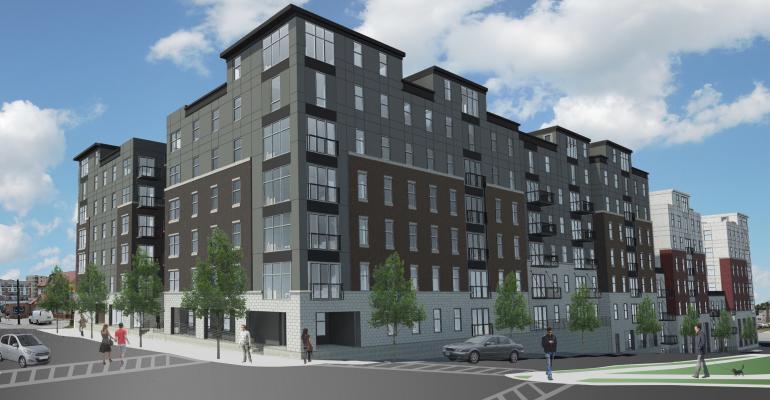Sponsored by TSB Capital Advisors
By Timothy S. Bradley, founder and principal, TSB Capital Advisors
Student housing has long been considered the new kid on the block within the multifamily sector, but 2017 demonstrated that the “kid” has finally grown up. With more domestic and international investors seeking student product than ever before, student housing has firmly established itself as an institutional real estate product type.
Major deals from the past year show just how confident and competitive institutional investors are in student housing. In March, a new joint venture involving the Scion Group acquired three different student housing portfolios for $1.6 billion. In June, Mapletree Investments expanded its investment in the sector by acquiring its third portfolio from Kayne Anderson Real Estate totaling close to $1.6 billion between the purchases. Most recently, American Campus Communities recapitalized and arranged to acquire seven student housing properties for more than $590 million from Core Spaces and DRW Real Estate Investments. With additional capital coming in from the likes of QuadReal, Goldman Sachs, pension funds and others, we’re seeing that the deals are larger and competition for existing assets has increased.
With increased competition comes certain challenges. Construction yields-on-cost have compressed while material and labor costs have yet to stabilize; land owners adjacent to tier one universities are cognizant of the demand for pedestrian development sites and land prices continue to rise accordingly; and tighter lending constraints have persisted. These factors contributed to new supply dropping in 2017 to 45,000 off-campus student housing beds, down from 48,000 the prior year. At the same time, experienced developers are still able to secure attractive financing and meet demand in select markets with aging supply, particularly for pedestrian-to-campus properties. According to the latest projections from Axiometrics, 46,000 beds will be delivered in fall 2018, a slight uptick from fall 2017 but still down from the peak of 60,000-plus beds delivered in 2014.
With moderate new supply, more institutional capital flooding into the space and experienced developers looking to stay in deals longer than they have in the past, competition for student product is steeper than ever. As a result, we expect to see investors continuing to pursue student housing portfolios in the 4.5 percent to 5 percent cap rate range. It’s worth noting that historically, there was a cap rate “premium” associated with student housing based on its perception as a niche segment within the multifamily sector. Today we see no delta between class-A student housing properties and conventional deals from a cap rate perspective.
Looking ahead, one of the main questions for the student space in 2018 and beyond is how potential looming restrictions on agency lending could affect the industry. Fannie and Freddie have been a lifeline on the take-out side for construction lenders, developers and buyers. If the government trims the agencies’ caps, it would have an impact—but perhaps it wouldn’t be as impactful as in past years given how lender perception of the sector has evolved. Banks are bullish on term lending for stable student housing product, and they’ll stretch to fill the gap in 2018 if the agencies are unable to step up.
Overall, it remains an exciting time for student housing. As expected, total transaction volume for this year did not meet 2016’s record-breaking numbers, but a healthy appetite for the sector’s consistent performance and solid market fundamentals remains. Every indication points to these trends continuing in 2018.
Timothy S. Bradley is the founder and principal of TSB Capital Advisors. Since its inception in 2009, TSB Capital Advisors has been a leading real estate finance advisory firm offering full-service consulting, with a specialty in the student housing sector.
Learn more at www.tsbca.com.

